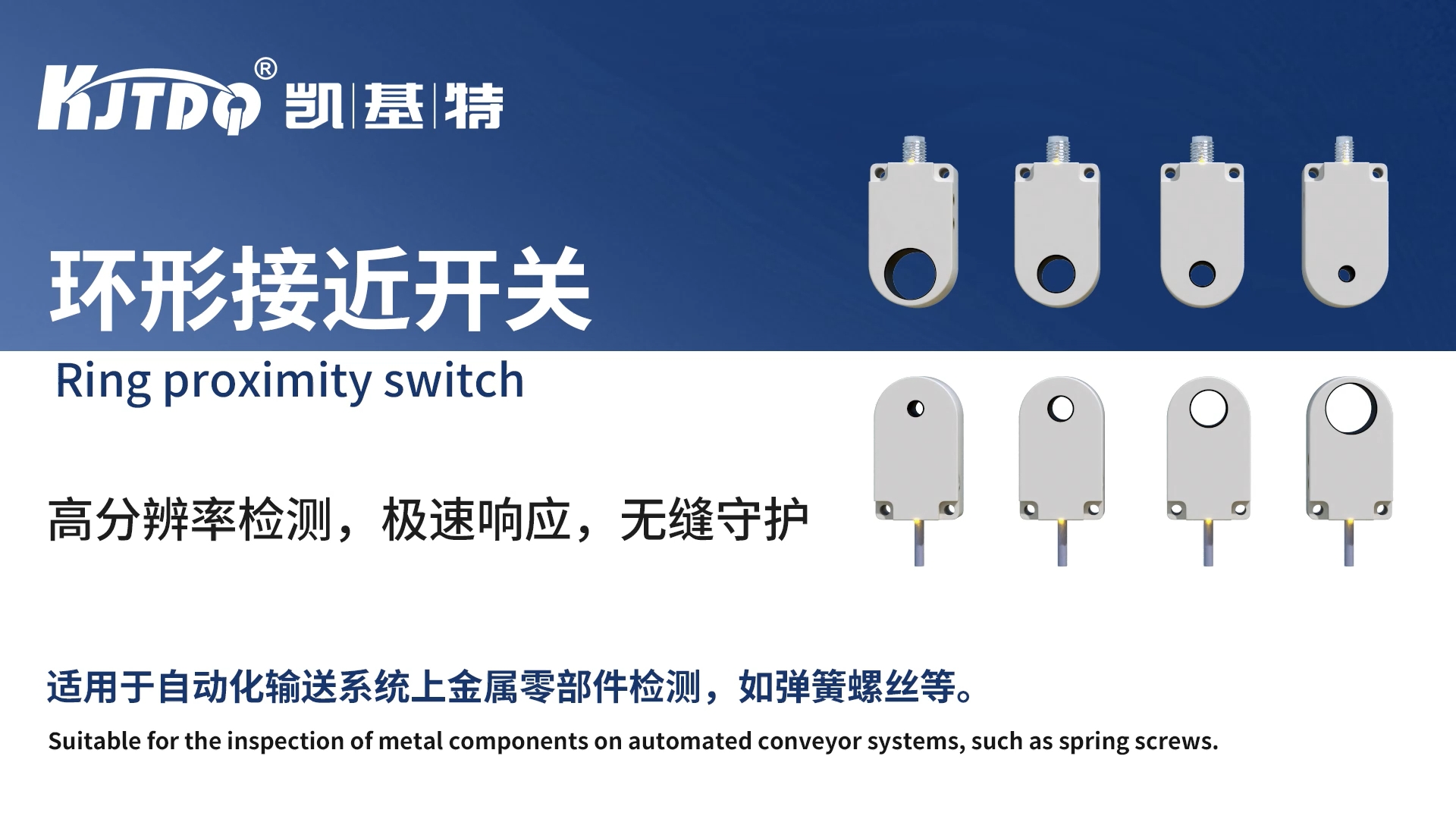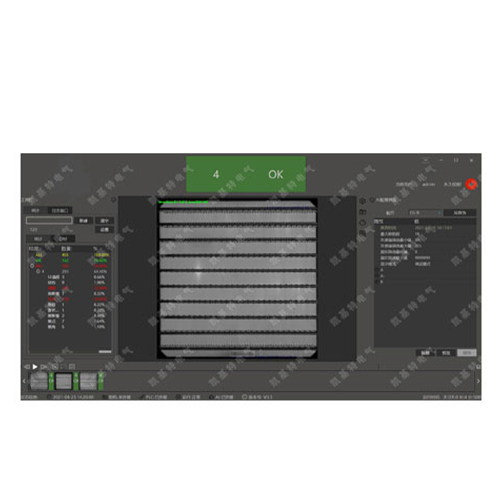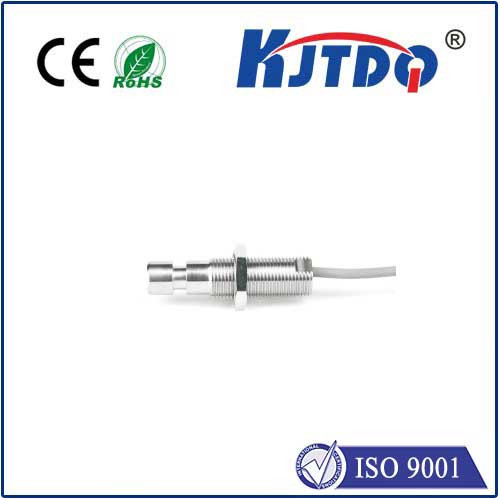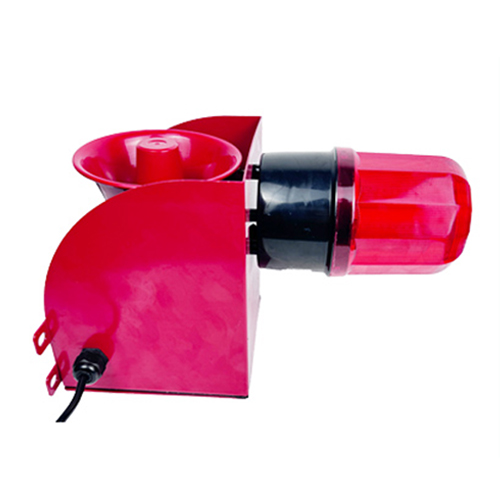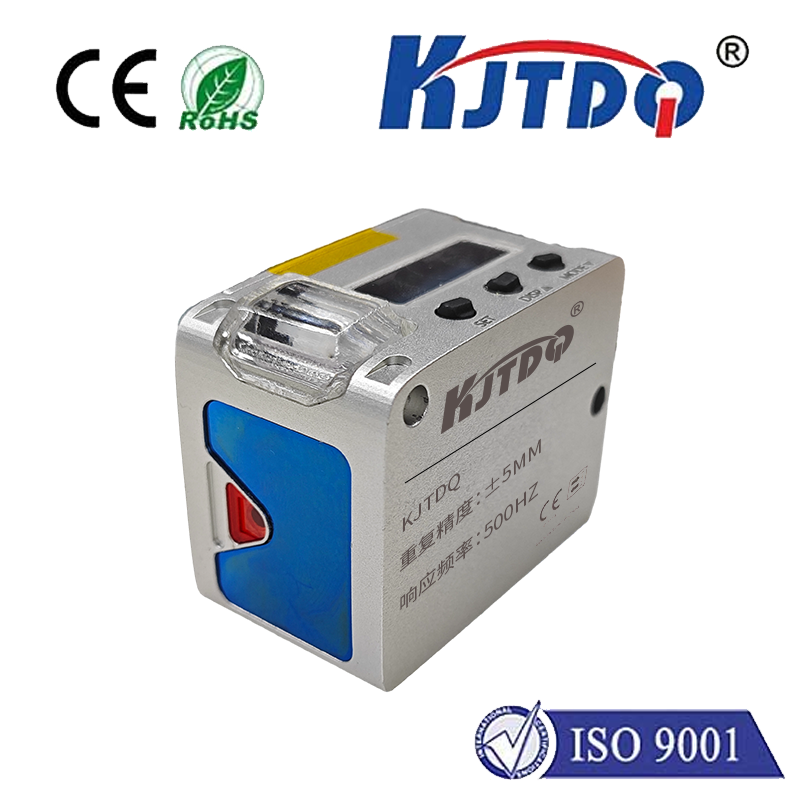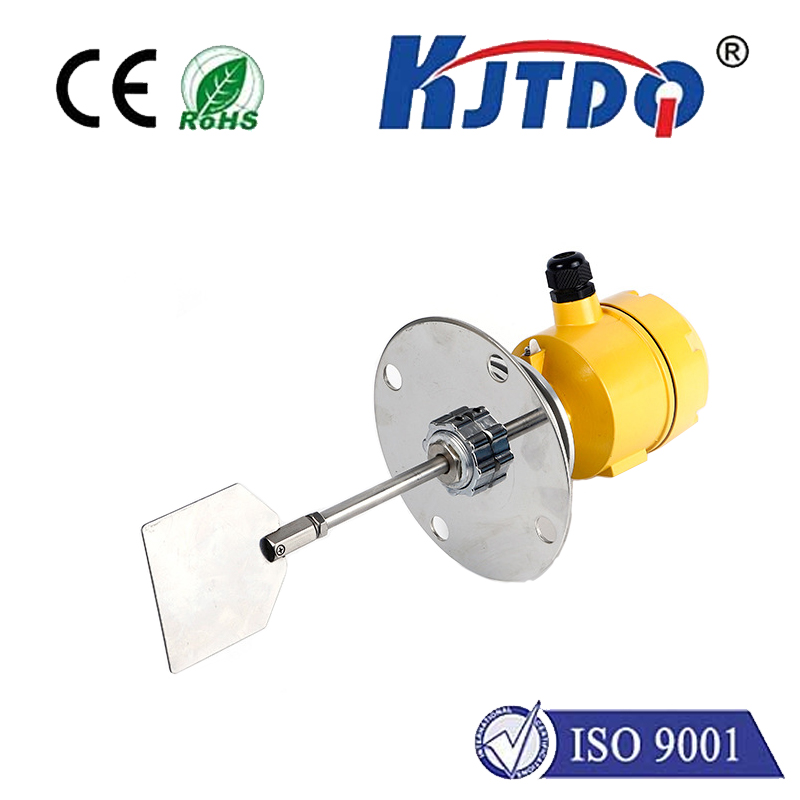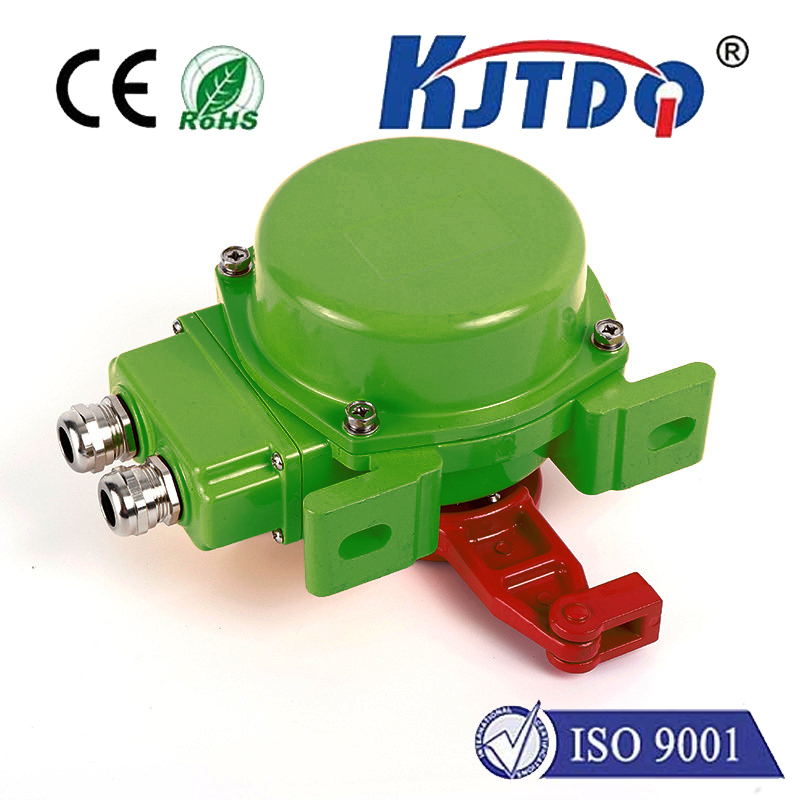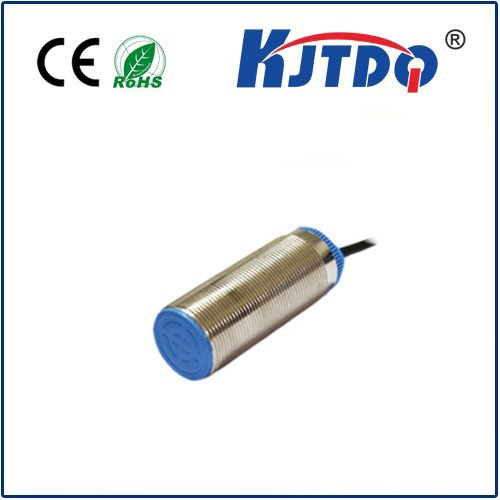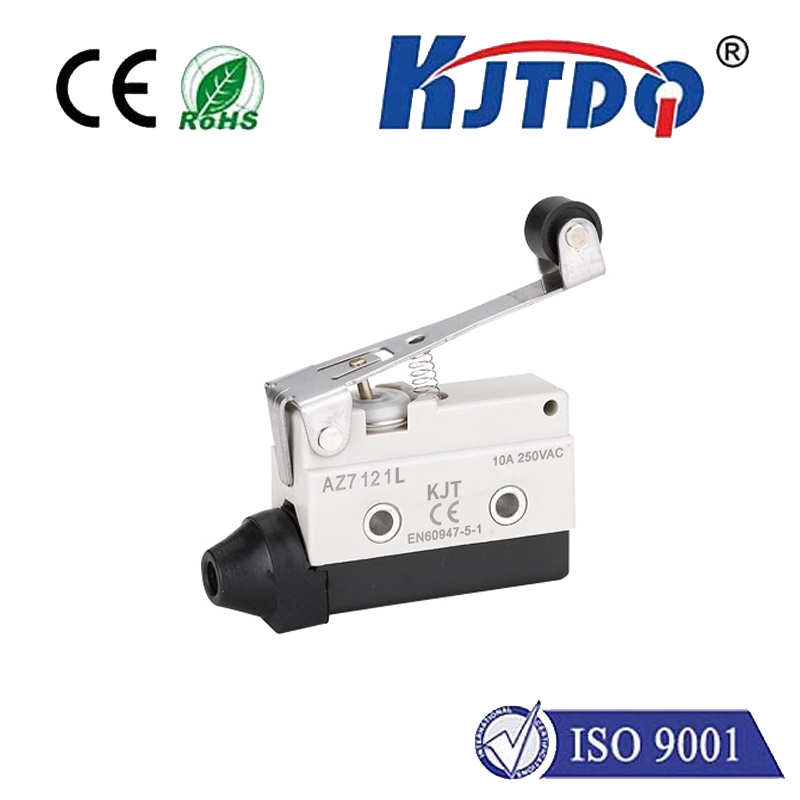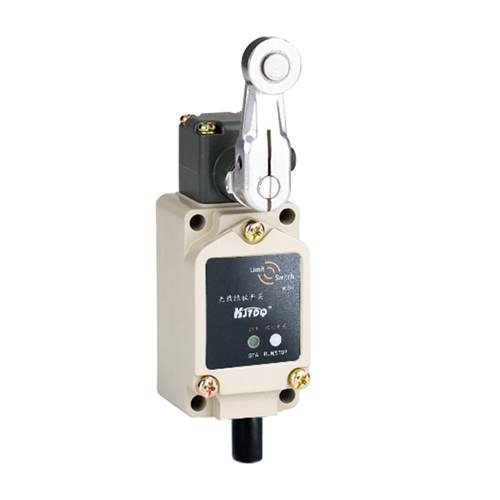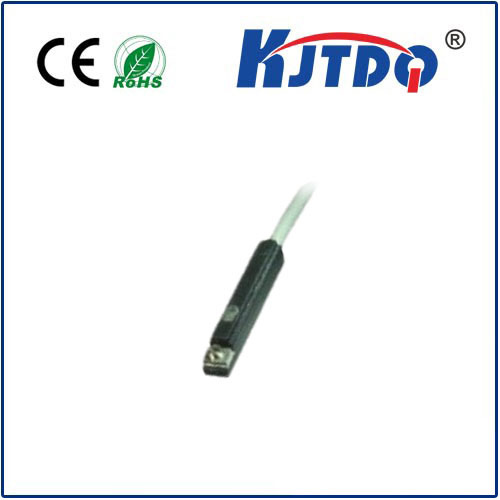BHS001N proximity sensor
- time:2025-10-02 04:51:52
- Нажмите:0
BHS001N Proximity Sensor: Your Silent Guardian in Precise Automation
In the intricate ballet of modern machinery, countless unseen components work tirelessly to ensure precision, safety, and efficiency. Among these unsung heroes, proximity sensors stand out as the silent sentinels, detecting presence without contact, triggering actions unseen. When reliability and consistent performance are non-negotiable, the BHS001N proximity sensor emerges as a fundamental element in countless industrial and automation setups. Understanding its capabilities is key to optimizing your systems.
What is a Proximity Sensor?
At its core, a proximity sensor is an electronic device designed to detect the presence or absence of an object within a specific range, without requiring physical contact. It achieves this feat by emitting an electromagnetic field or beam and monitoring changes caused by a target object entering the field. The most common type, especially in industrial settings, is the индукционный датчик приближения. These excel at detecting metallic objects – ferrous metals like iron and steel trigger the strongest response, while non-ferrous metals like aluminum, brass, or copper can also be detected, usually at a slightly reduced sensing range.
Introducing the BHS001N: A Workhorse in Small Form

The BHS001N designation refers to a specific model of inductive proximity sensor. Its compact size (often referred to as an 8mm cylindrical barrel sensor) makes it incredibly versatile, fitting into tight spaces where larger sensors simply wouldn’t belong. But don’t let its small stature fool you; this sensor packs a reliable punch for demanding applications.
Key Features and Specifications of the BHS001N Proximity Sensor
- Unrivalled Sensing Principle: As an индукционный датчик приближения, the BHS001N generates a high-frequency oscillating electromagnetic field from its face. When a metallic target enters this field, it induces eddy currents within the target. These currents absorb energy from the sensor’s oscillator, causing a detectable change in the oscillation amplitude. This change is processed internally to switch the sensor’s output state reliably.
- NPN Output Configuration: A critical specification, the BHS001N typically features an NPN output transistor. This means the output acts as a sinking switch. In simpler terms, when the sensor detects a target, the output transistor turns ON, providing a path to ground (0V). This configuration is extremely common and compatible with a vast array of Programmable Logic Controllers (PLCs) and control systems.
- Normally Open (NO) Logic: The standard BHS001N operates with Normally Open (NO) logic. When no target is present, its output is OFF (open circuit). When a target enters the sensing range, the output switches ON (closes to ground). This intuitive logic aligns perfectly with most control circuit designs for activation.
- Versatile Voltage Compatibility: Designed for flexibility, the BHS001N proximity sensor typically operates on a wide DC voltage range, commonly 10-30V DC. This broad compatibility allows it to integrate seamlessly into various power systems without requiring specific, hard-to-source voltages.
- Optimized Sensing Range: While sensing distance varies slightly based on the target material and specific sensor specifications, the nominal sensing distance for an 8mm inductive sensor like the BHS001N is generally around 2mm ±10%.
- Robust Housing: Constructed often from nickel-plated brass or stainless steel, the BHS001N boasts a rugged housing capable of withstanding the harsh realities of industrial environments – think vibration, incidental impacts, and exposure to oils or coolants (though specific IP ratings should always be verified for the exact model).
Where Does the BHS001N Proximity Sensor Excel? Applications Galore
The combination of small size, reliable inductive sensing, and robust build makes the BHS001N incredibly versatile:
- Precise Position Verification: Confirming the presence of a metal part at a specific stage in an assembly line, machining operation, or packaging machine. Is the component really in place before the next step?
- Counting Metal Objects: Accurately tallying products like metal cans, caps, or machined components on a conveyor belt or chute. Every count matters for inventory and process control.
- End-of-Travel Detection: Signaling when a pneumatic cylinder, actuator, or linear slide with a metal target has fully extended or retracted. Essential for preventing over-travel damage and sequencing operations.
- Speed Monitoring: Sensing the teeth or lobes of rotating metal gears or sprockets to monitor rotational speed or detect stalling.
- Safety Interlocks: Verifying that metal guards or doors are securely closed before potentially dangerous machinery can be activated. Safety first is paramount.
- Level Control: Detecting the presence (or absence) of metal objects in hoppers, bins, or silos for basic level monitoring.
Why Choose the BHS001N? The Value Proposition
Beyond its technical specs, the BHS001N proximity sensor offers tangible benefits:
- Reliability: Inductive sensors, especially robust models like this, offer exceptional long-term stability and consistent detection, critical for minimizing downtime. They function dependably in dusty or dirty environments where optical sensors might fail.
- Long Service Life: With no moving parts and no physical contact required during detection, these sensors suffer minimal wear and tear, leading to impressive operational lifespans.
- Fast Response Times: They switch states incredibly quickly, making them suitable for high-speed applications where timing is critical.
- Simplicity: Easy to install, configure (typically just connect power and load), and integrate into existing control systems.
- Cost-Effectiveness: For dependable metallic object detection, the BHS001N offers an outstanding balance of performance, durability, and affordability.
The Importance of Reliability and Spec Sheet Scrutiny
While the BHS001N is a robust standard, it’s crucial to remember that specifications can vary slightly between manufacturers. Always refer to the specific datasheet for the exact model you are using. Pay close attention to:
- Operating Voltage Range: Ensure your supply voltage falls within the specified min/max (e.g., 10-30V DC).
- Output Type: Confirm it’s NPN (or PNP if a variant exists).
- Output Configuration: Verify Normally Open (NO) or Normally Closed (NC) logic.
- Sensing Distance: Understand the nominal sensing distance for mild steel and any reduction factors for other metals.
- Environmental Ratings: Check the IP (Ingress Protection) rating (e.g., IP67) to ensure it matches your application’s exposure to dust, moisture, or washdowns.
- Temperature Range: Ensure it operates reliably within your application’s ambient temperatures.
In the complex world of automation, the BHS001N proximity sensor is far more than just a component; it’s a fundamental enabler of precision and reliability. Its ability to detect metal targets consistently and non-invasively makes it an indispensable tool across manufacturing, packaging, automotive, and countless other industries. By understanding its operation, specifications, and ideal applications, engineers and technicians can leverage this compact powerhouse to build smarter, more efficient, and more dependable systems. When your application demands accurate, contactless detection of metal objects within a tight space, the BHS001N stands ready as a proven solution.



